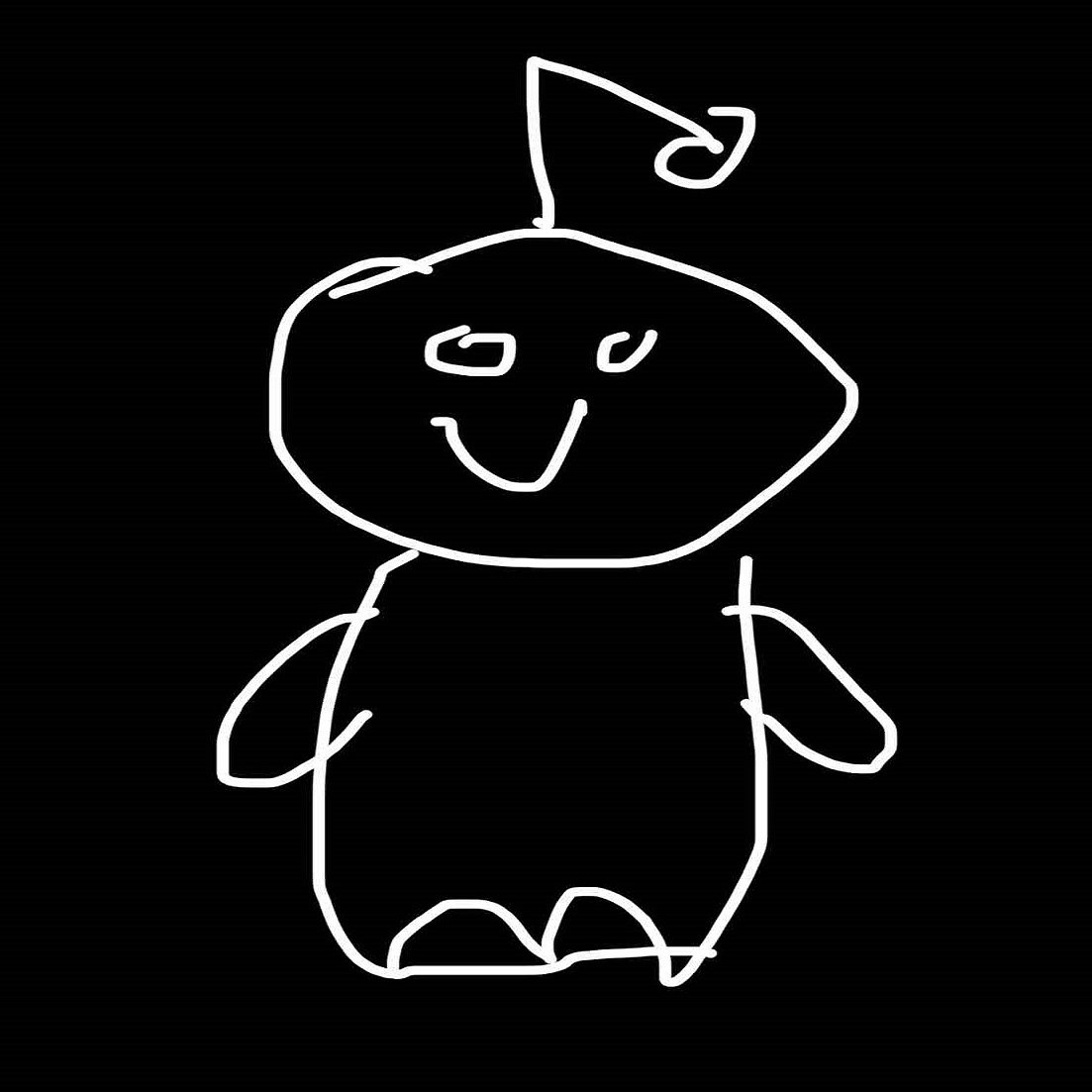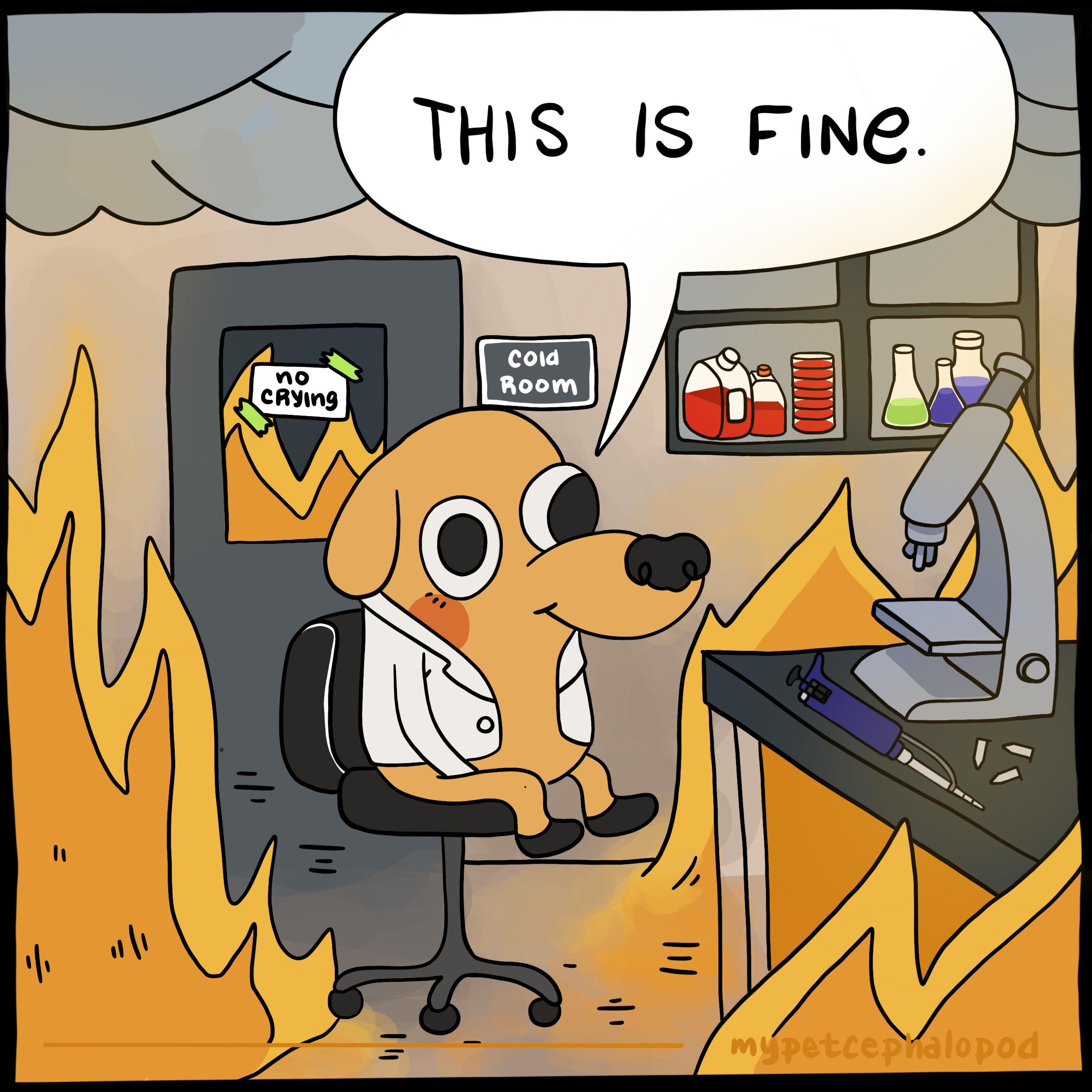deleted by creator
- 2 Posts
- 91 Comments
that’s what he named his son
Parts of it remain indecipherable without the social context, however, as the writer explicitly assumes a mutual knowledge of some set of unspecified rules.
I feel like this pattern of people lying to doctors and doctors adjusting things to account for it really messes with rigorously honest people.
A little while back I was reading how when they ask you how much pain you’re in, with 10 being the most pain imaginable, they pretty routinely have people calmly say “12”. So, if you’re actually using the scale where you’ve probably never experienced more than a 9 and would be sobbing at an 8, so you say 7, they automatically assume you’re in basically no pain because you said less than 10.
Kind of wish we could just speak accurately and take each other literally instead of playing games where we try to figure out exactly what lie to tell to convey the truth, but I guess that’s not how most people are wired.
It’s always good to support the original publisher and encourage local libraries by reading a hard copy, so I could never endorse piracy, even for people who can’t get their hands on a physical copy. Even though it’s true that both libgen and annas-archive have ebook copies of this particular book (and can easily be found via google), I could never in good conscience direct anyone to such a site.

 11·11 months ago
11·11 months agoEvery time I hear this observation, I automatically hear Jim Carrey’s voice in my head saying “It’s dead people laughing! Those people are dead!”
I guess he said it in the 1999 movie Man On The Moon and the line has somehow been permanently lodged in the back of my brain for the last 25 years

 6·11 months ago
6·11 months agoAre you set on using light sources, or would you be okay with a shader that just creates the shadows without checking for specific light sources? It looks like this might do what you want, but you might need to modify it to work with your exact use case (multiple z levels).
Generally it seems like some kind of shader might be your best option, it seems like the 2d lights are intended for casting lights within a given z level rather than between them. If you want more complex shadows across multiple z levels, you might need to create your own light objects (just a position, color, and intensity) and pass them to a shader that does something similar to the linked example, but modified based on your lights list.
It’s possible there’s a simpler way that someone else could chime in with (I’m pretty new to godot), but as far as I can tell the built in 2d light and shadow systems aren’t designed for different z levels, so you’d need to use something else.

 13·11 months ago
13·11 months agoI only know his most mainstream stuff, but his part of the roast of Bob Saget was basically him bombing on purpose. I’m pretty sure he was just bombing hard because he knew his fellow comedians would love it, and he didn’t care one way or another about the general audience, although the general audience ended up loving it too.

 4·11 months ago
4·11 months agoIt means the overall death rate in the sample group was decreased substantially. The number of people who survived because they didn’t get lung cancer or blood clots was so large that it had a noticeable impact on the number of total survivors, even when you include death by bus. This is a useful measure for a couple of reasons. One, it accounts for the prevalence of the disease being prevented - cutting all pork from your diet prevents 100% of deaths by trichinosis, which accounts for like 0.00001% of deaths from all causes (completely made up numbers and example, without consulting any sources). Two, it could account for net change in survival, for a treatment or behavior that has both positive and negative effects - giving radiation therapy indiscriminately to everyone with any kind of lump might decrease rate of dying from breast cancer, but increase death “from all causes” because it causes more problems than it solves.
I guess an additional way it might be useful is if we don’t yet have data on the exact mechanisms by which the treatment helps or what exactly its preventing - all we know is that we gave group A the treatment and not group B, and after 20 years there were a lot more people alive in group A, but we haven’t yet found a pattern in which causes of death were most affected and how.
She looks great. And powerful.
what if spider vaginas had emotions

 31·11 months ago
31·11 months agoI was curious to learn more about this, because it sounded interesting, so I googled it. I’m guessing you’re talking about the interstitium? There’s a lot of criticism of that episode for inaccuracies about the interstitium (known for much longer than the 5 years the episode claims - it’s been mainstream since at least the 80s), traditional Chinese medicine (the treatments they mention have been proven to be no more effective than a placebo) and the connection between the two (there’s no relation between the interstitium and the lines predicted by chi). Everyone in the discussions I found sounded pretty disappointed in the episode.
Even if it’s usually pretty accurate (I don’t actually know whether it is), radiolab is not the same thing as the scientific establishment, and this is probably why the OP asked if anyone who does science for a living rather than reading pop science articles could reply.
bobby hill managed to make perfect cell double over in pain, so I’m pretty sure he could annihilate namek-era goku

 4·11 months ago
4·11 months agoA few years back I got permabanned on reddit by an automated message, for no reason I could figure out. A couple of days later I was unbanned (apparently it was part of a mass banning, most of which were erroneous and reversed). So it’s possible this is something similar and you might be reinstated soon.
For anyone else who was curious about lichens covering “a not insignificant amount” of the earth’s surface, a quick google tells me it’s about 7% (according to e.g. new york times, scientific american, etc)
Edit: oh and estimating the age of an exposed surface by lichen diameter is called lichenometry. I’m seeing stuff about it being used in geological contexts but it makes sense that it could work for old buildings too

 15·11 months ago
15·11 months agoin my experience, most things will mobilize the squirrels to hide

 1·11 months ago
1·11 months agodeleted by creator

 7·11 months ago
7·11 months agoapparently not

 33·11 months ago
33·11 months agothat phrase is to biology as “donde esta la biblioteca” is to spanish








but they didn’t include a picture of the back of the book on the back of the book now how am I supposed to know what the back of the book looks like